|

On eBay Now...
Authentic Native American Paleo Artifact Effigy Scraper Ax Weapon Gorget pendant For Sale
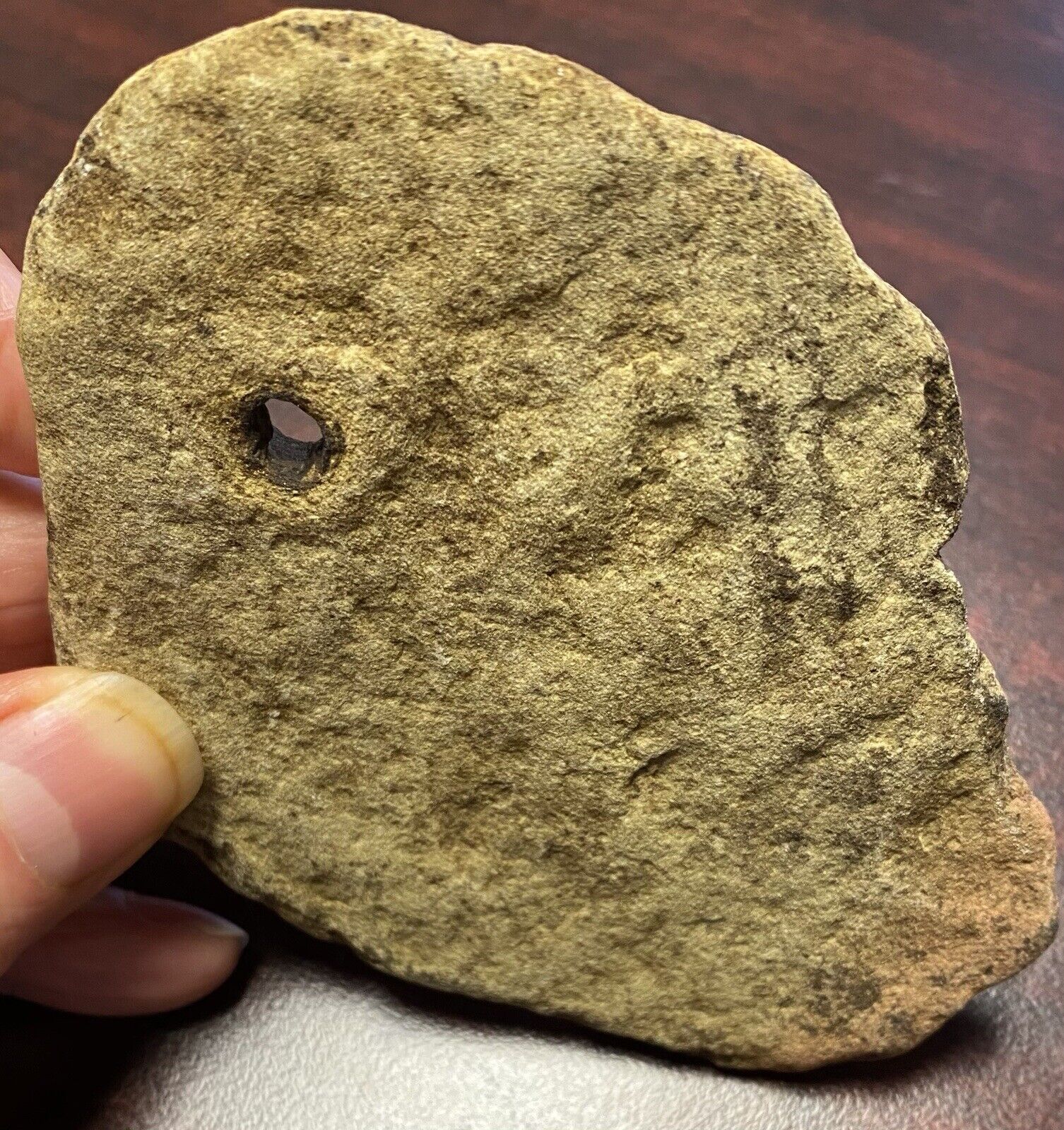
When you click on links to various merchants on this site and make a purchase, this can result in this site earning a commission. Affiliate programs and affiliations include, but are not limited to, the eBay Partner Network.

Authentic Native American Paleo Artifact Effigy Scraper Ax Weapon Gorget pendant:
$23.00
Authentic Native American Paleo Artifact, Has possibly been hafted. Possible Axe, Scraper, Pecking tool, Hammer, Hoe, Blade, Chopper, Flake tool, Weapon, Possible Gorget, pendant, Multi-Use tool
When I first looked at this stone, I didn't think it was all that significant but I started taking pictures and realized how amazing the carvings are that are hidden unless you look at it a specific angle.
Great Artifact! Oils evident on stone. May been hafted. Great patina. Appears to have been colored at the nose end of the effigy. Beautiful stone! Would be a great addition to anyone's collection. No flaws or defects that I can see.
This item was found on our property in the Ohio River Valley region about 25 miles from the Serpent Mound/Fort Ancient site and about 10 miles from the Tremper Mound site. We are also about 41 miles from the Hopewell Mound Site in Chillicothe Ohio. We are also close to the mounds in Portsmouth Ohio.
14 DAY MONEY BACK GUARANTEE. FOLLOW MY POSTS BECAUSE I WILL BE LISTING SOME AMAZING FINDS!I will combine shipping if more than one item is purchased. Do not pay until I request an invoice to get combined shipping. Some Native American History of our Area:THE FIRST OHIOANS.The Paleo-Indianswere the first humans to reach the Ohio territory approximately 12,000 years ago. They were nomadic peoples who hunted large game such as the mastodon and elk that migrated into Ohio as the glacier retreated northward. (obtained Scioto County Native American HistoryThe first noted Native Americans in the Scioto County area were the Mound Builders. Not the name of a tribe, but the term Mound Builder is used generally as referring to prehistoric inhabitants of North America who constructed various styles of earthen mounds for burial, residential and ceremonial purposes. It is believed that the mounds were built between 500 B.C. to 1200 A.D.
Although there is evidence of many Indian mounds in the area, the most well known is the horseshoe mound at Mound Park. Once known as the Citadel, this is the only one of the four horseshoe mounds still in existence.
In 1876, the Scioto County Children’s Home was built on the present day mound at Mound Park, but it is again visible and preserved. The other horseshoe mound on Grant Street was plowed over in 1888 for Highland School. These horseshoe mounds are attributed to the Hopewell Indians.
The Hopewell culture is not the name of an American Indian tribe, but is the archaeological term that encompasses similarities in artifact style, architecture, and other cultural practices that distinguish the Hopewell culture from earlier and later cultures in the region.
The Waller / Heinsich Mound is said to have been located across from the library. The Lawson Mound was located near Mound Park, as the old Lawson farm was in that area. With the exception of Mound Park, the mounds within the city are no longer visible. The Portsmouth Earthworks were constructed by the Hopewell culture (100 B.C to 500 A.D.) of prehistoric Native American people. It is a large ceremonial center located at the confluence of the Scioto and Ohio rivers.
Tremper Mound, which is located on U.S. Route 73 on the west side of Portsmouth, was excavated in July and August of 1915. Collections of sixty of the effigy pipes created by the prehistoric Hopewell people were unearthed and are now housed at the Ohio Historical Society.
The Feurt Hill Mounds were located north of the city off U.S Route 23. The Native Americans who constructed the Feurt Mounds, and lived in the village site, belonged to the Fort Ancient Culture. The three mounds were excavated in 1916 by archaeologists who found 345 burials. The artifacts of flint, stone, bone, shell and pottery were typical of the culture.
Fort Ancient is a name for a Native American culture that thrived from 1000-1600 A.D. and predominantly inhabited land in the region of Southwestern Ohio and Northern Kentucky.
Many Indian tribes passed through the Ohio Valley, including the Delaware, Mingo, Miami and Wyandot, but the Shawnee claimed this area as their own, thus making pioneer settlements very difficult.
After the Wyandots moved onward, the Shawnee Indians came to the area around 1745. The Shawnee word “Scioto” was given to the river flowing west of Portsmouth.
They called the Ohio River, “Kiskepila Sepe”’, because of the eagles that nested along the banks, and the Wyandots called it, “O-he-uh”. However, the river instead took an Iroquoian word, “Ohee-yuh” meaning “good” or “beautiful” river.
About 1738 the Shawnee Indians built a town at the (original) mouth of the Scioto River which they called Lower Shawnee Town, one of the earliest Shawnee settlements in Ohio. The site became a center of trade with first the French and then the British colonists of the Ohio Country during the eighteenthcentury. At one time there were 100 dwellings and 300 braves. The village was abandoned during the struggles of the Revolutionary War. (1775-1783).Raven RockRaven Rock, located approximately two miles west of Portsmouth on U.S. Rte 52, is said to have been a lookout used by the Shawnee to watch for flatboats along the Ohio. It is said that Raven Rock was named for an Indian chief that was killed along the area. However, the Indians used the term as a description of the rock cliff because the form of the hill looks like a giant bird. Folklore tells us that Daniel Boone escaped the Shawnee by taking a daring jump from the cliff onto a tree and climbed down to safety.(Obtained from Scioto County Public Library Online)
Ancient mounds are all around us. This website is a great place to view some of Ohio's history of the ancients: https://www.ancientohiotrail.org/

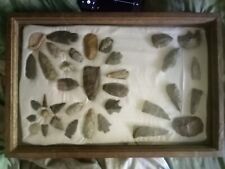
authentic native american artifacts pre 1600 $350.00
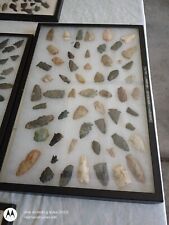
🔥 FRAMED ARROWHEADS COLLECTION CA PAUITE TRIBE NATIVE AMERICAN AUTHENTIC $400.00

🔥 FRAMED ARROWHEADS COLLECTION CA PAUITE TRIBE NATIVE AMERICAN AUTHENTIC $200.00

🔥 FRAMED ARROWHEADS COLLECTION CA PAUITE TRIBE NATIVE AMERICAN AUTHENTIC $200.00
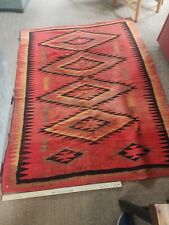
Large Authentic Native American Rug 78in X 58in Approximately. Thinly Woven $3000.00
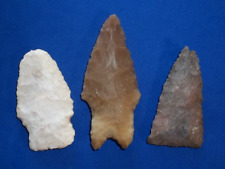
Authentic Native American Arrowhead's/Artifact's, 3 Authentic Texas Artifacts. $35.00

🔥 FRAMED ARROWHEADS COLLECTION CA PAUITE TRIBE NATIVE AMERICAN AUTHENTIC $200.00
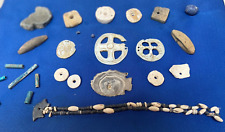
23 Authentic Native American Artifacts $1500.00
|